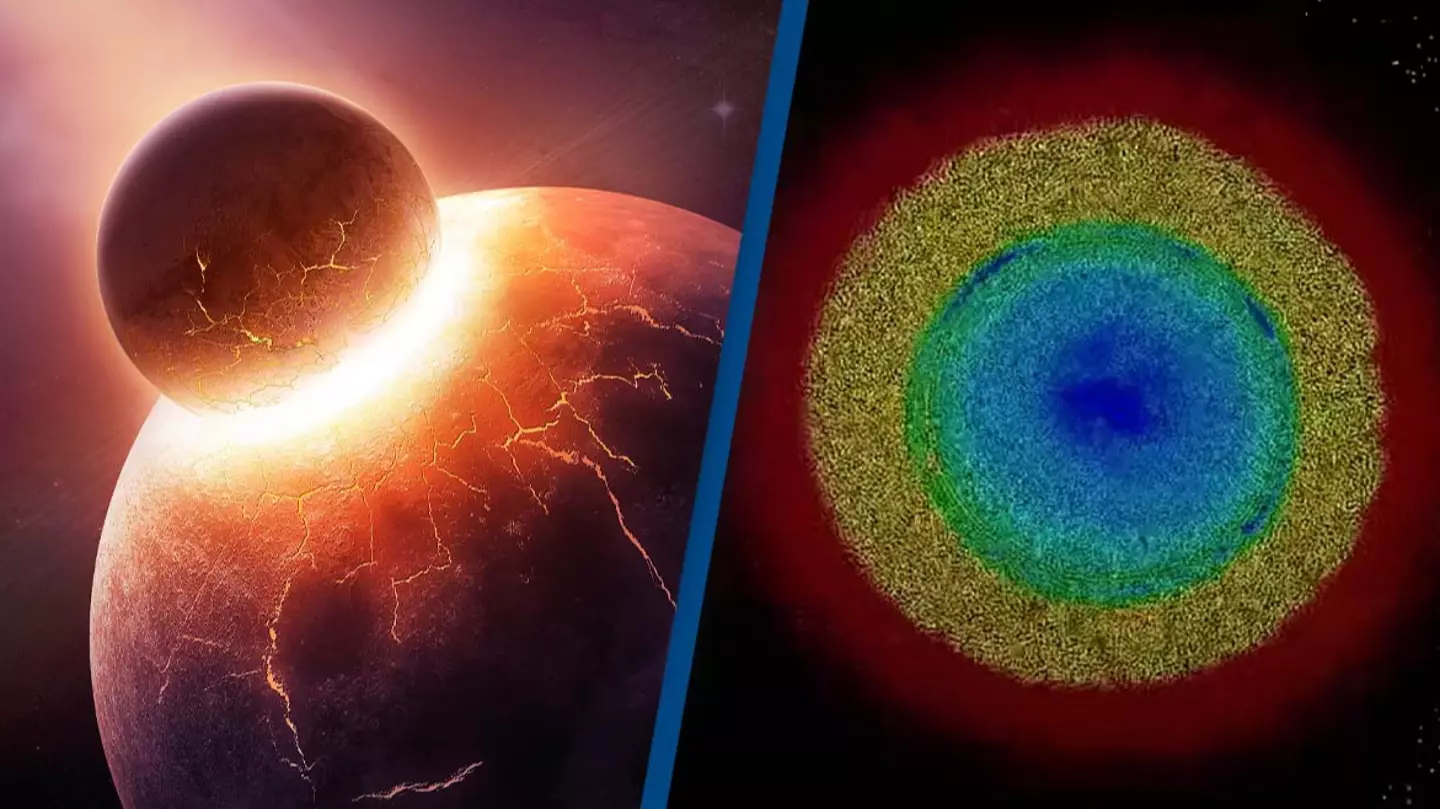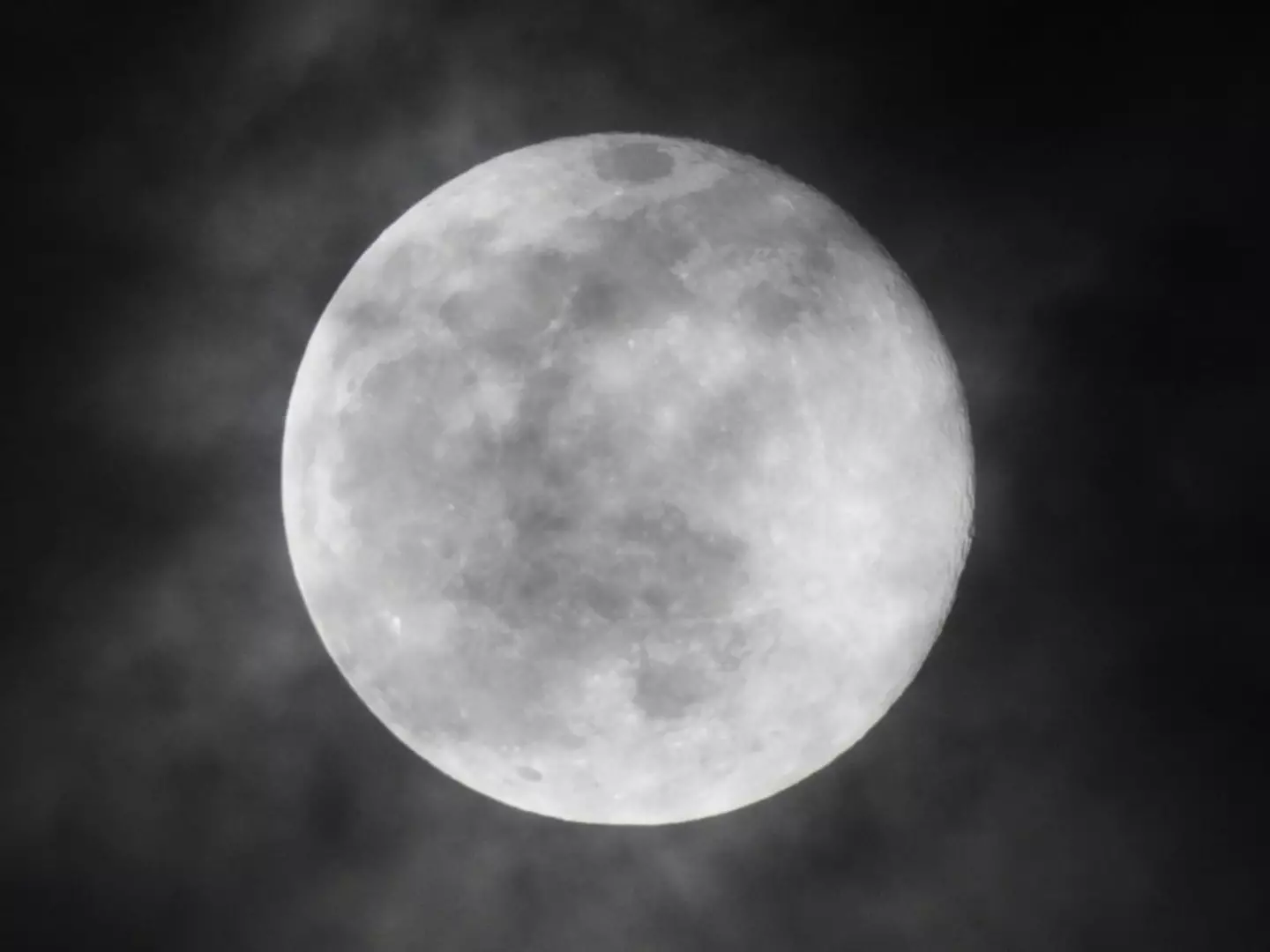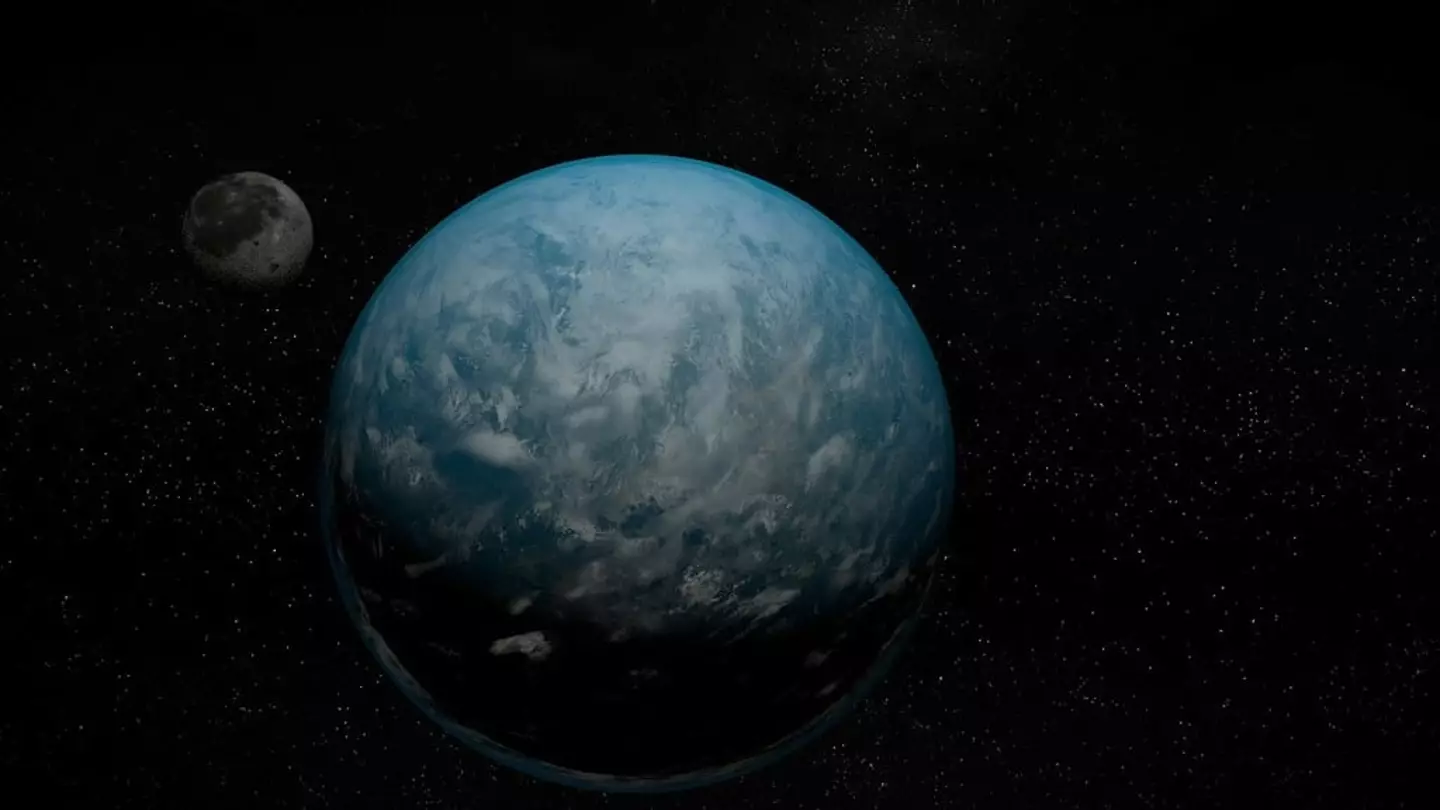
The formation of planets has intrigued and baffled scientists for as long as they’ve been researching, but the discovery of ancient matter deep within Earth could bring us one step closer to understanding how the Moon came to be.
There have always been questions surrounding our solar system, but it turns out that the answer has been right there underneath us.
Seismologists discovered two continent-sized 'basal mantle anomalies' - blobs beneath the Earth's crust to you and me - beneath the Pacific and Africa.
Advert
They're denser than their surroundings which suggests they're made out of different material to the rest of the Earth's mantle - and now we might have a good idea of how they got there.

The researchers reckon it could be due to a planet called Theia smashing into the Earth 4.5 billion years ago, with the impact forming the Moon.
In a theoretical article published to Nature, eleven writers put forward evidence that this different mantle within our Earth could be an ancient planet that crashed into Earth, forming the Moon out of its flying pieces.
Advert
By observing the anomalies in the Earth's mantle and comparing them to matter surrounding them, the researchers suggest that they may be buried remnants of Theia mantle material that has been preserved deep in the Earth billions of years after the Moon-forming impact.
The research team used giant-impact simulations which were able to show that a part of Theia’s mantle could have entered proto-Earth’s lower mantle.
They could see that Theia would have had a higher density as the Moon is more iron-rich.
Advert
This means that if there are samples that match the density and composition of Theia within the Earth, it proves the theory that Theia once crashed into Earth which created our Moon.
The team wrote that Theia’s matter surviving deep within Earth would ‘be a natural consequence of the Moon-forming giant impact’.
They concluded in the study: “Because giant impacts are common at the end stages of planet accretion, similar mantle heterogeneities caused by impacts may also exist in the interiors of other planetary bodies.”
To be honest, now that we know the Moon can grow veggies, any more information is just a bonus at this point.
Advert
The latest revelations have left those of us who don't have astrophysics PhDs scratching our heads.
One commenter marvelled: “The Earth kinda is like a lava lamp. Only it takes really long for the blobs to move around.
"I remember watching a documentary about what's going on below Yellowstone and the grand Tetons and they also basically said what's going on below is kind of like a lava lamp.”

A second decided that this would be a pretty cheap plot for a movie: “This sounds like the plot to a bad scifi movie.
Advert
“Act 2 starts with the dig site breaking through into a cave where a piece of Theia is assumed to be, only to have bloodthirsty Theians swarm out.”
Regardless, it’s pretty cool, even if the Moon is slowly creeping away from us now.
Topics: Science, NASA, International Space Station, News
